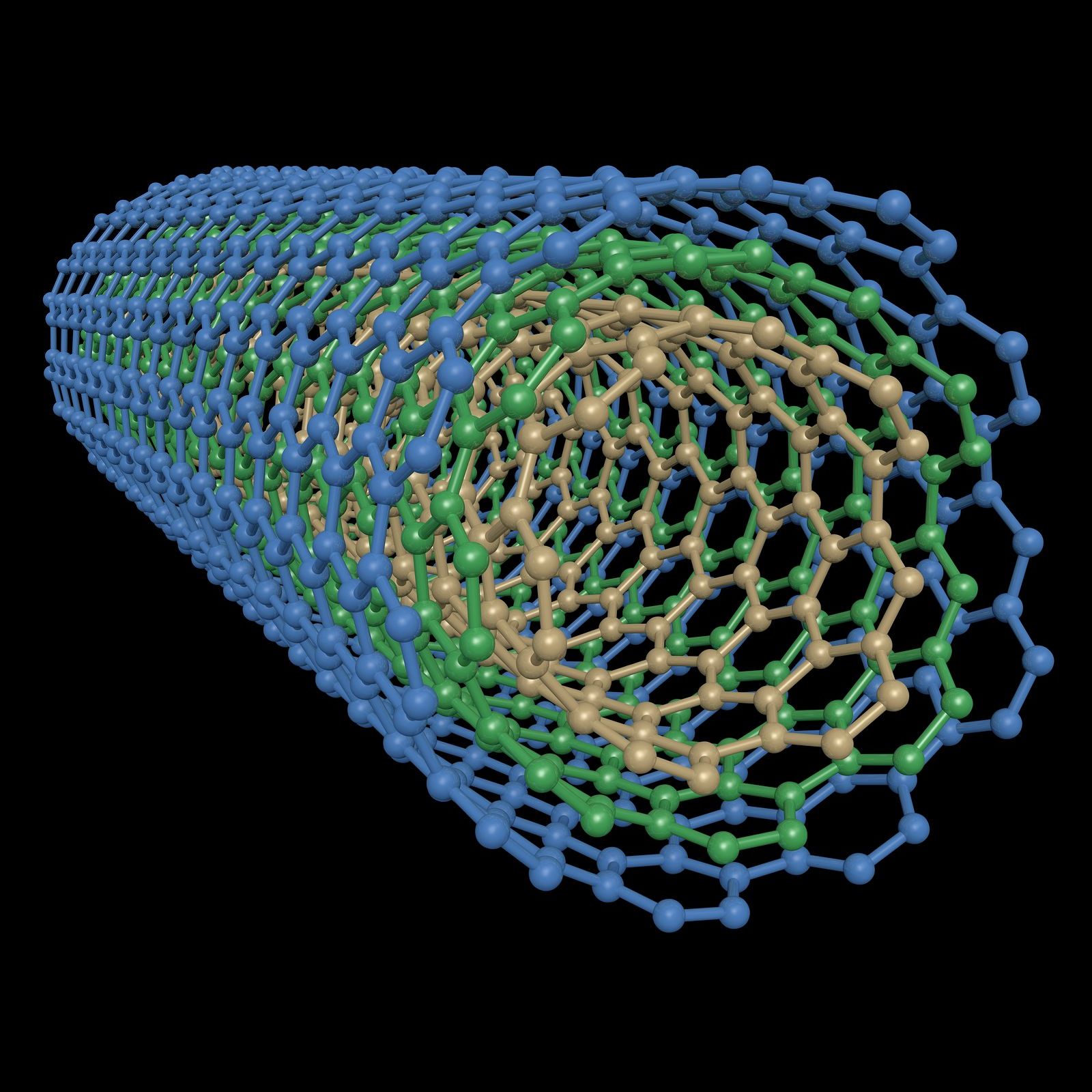Carbon Nanotubes
Since the first discovery of carbon nanotubes (CNTs), multi-walled carbon nanotubes (MWNTs) in 1991 and single-walled carbon nanotubes (SWNTs) in 1993, CNTs have attracted considerable interest. Depending on the number of graphene cylinders, there are single-walled carbon nanotube (SWNT), double-walled carbon nanotube (DWNT), and multi-walled carbon nanotube (MWNT). A single walled carbon nanotube (SWNTs) is a single layer graphene sheet rolled into a hollow cylinder. Depending on the direction to roll up the graphite sheet, each SWNT can be specified by a chiral vector Ch, which also stands for the circumferential direction of SWNTs. Generally, SWNTs can be classified into three types: armchair, zigzag, chiral. Raman spectroscopy can be used for characterising SWNT structure, and many other physical and chemical properties. Typical Raman spectra of SWNTs mainly includes the following features: radial breathing mode (RBM), D mode, G mode, and G' mode.


